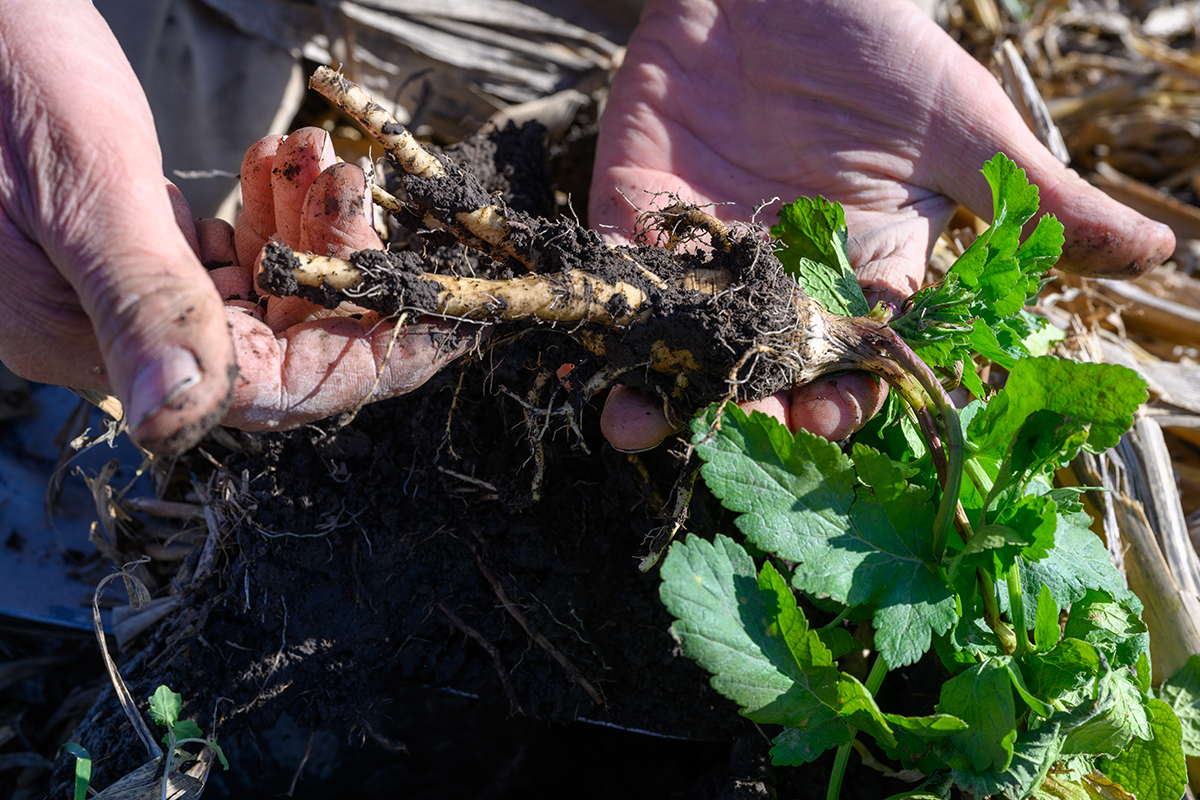How-To Guide for On-Farm Sustainability

Do you believe sustainable production will enhance your bottom-line profitability? Many farmers have made changes to their operating practices to do just that. Here are some tips for those just starting to consider sustainability, and for those who want to take it to the next level.
Many U.S. farmers have formal, detailed soil- and nutrient-management plans. Some don’t. Take a look at the following list of ways to improve your farm’s sustainability performance and see how many you’re currently using. After all, significant soil and water conservation practices have been around since the Great Depression.
- Keep Out of the Field–Reduced or conservation tillage traps more carbon in the soil, reduces fuel use and helps prevent soil erosion, among other benefits.
- Plant Biotech Varieties– With the broad acceptance of biotech soybeans, farmers have decreased their trips through their fields to till and apply chemicals for crop protection, which has conserved fuel and kept carbon emissions out of the atmosphere.
- Know Your Dirt– Testing your soil allows you to manage nutrients for maximum payoff. This plan of attack helps you optimize the availability of nutrients you do need and minimize unnecessary fertilizer applications that could provide little or no return on your investment.
- Rotate Your Crops– Since soybeans fix nitrogen in the soil, planting soybeans the year before grain crops reduces the need for nitrogen applications. As an added benefit, this practice also helps combat insects and weeds.
- Plant the Right Varieties in the Right Fields– Ask about soybean varieties tolerant of pests, diseases and other environmental stresses known to plague your part of the country. The right varieties can decrease the need for further management later, saving you time and money, and the environment.
- Keep Nutrients in the Soil Where They Belong– Best management practices for preventing nitrogen and other nutrient runoff include knowing how much your soil needs as well as the proper time for applications. For phosphorus, incorporate or inject whenever possible.
- Use New Gadgets– Farm machinery manufacturers continue to make equipment more efficient in general. But they’re also adding things like GPS, autosteer, variable-rate fertilization, automatic data collection and other gizmos to enhance precision agriculture and improve your sustainability performance.
- Plant Cover Crops– Cover crops remain a tough sell for many farmers. But the long-term perks of building soil nutrients, especially with nitrogen-fixing crops, as well as water and soil conservation, make this practice well worth it.
- Use Soy Biodiesel– Studies by the U.S. Departments of Agriculture and Energy show biodiesel can reduce greenhouse gas emissions by 78 percent, which helps fight global warming. Why not fuel your equipment with cleaner-burning, renewable and homegrown soy biodiesel?
- Use the Fieldprint Calculator– Answer a series of questions about your use of natural resources and key inputs, and this free tool compares your operation’s environmental footprint to local and state averages. All in as little as 15 minutes.
Source: Council for Agriculture Science and Technology



